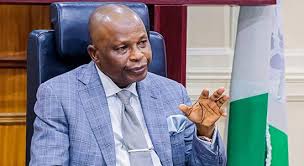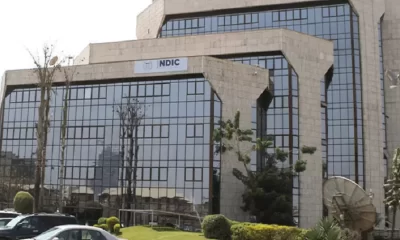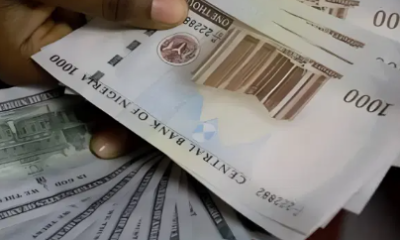The naira remained above the N1200/$ band in the unofficial market, causing the Nigerian currency to pause its winning streak against the American dollar on a weekly spectrum.
The naira’s surge since late March, which had made it the best-performing currency in the world, came to a stop on Sunday when it had its first weekly decline in several weeks on the parallel market.
On the black market on Sunday, the U.S dollar sold at N1,207, a 15 percent weekly decrease from N1,050/$ at its peak last Monday.
Recent Market fundamentals reveal an uptick in the dollar’s demand, although the naira has managed to recover some of its losses after plunging as low as N1236/$ it requires a stronger momentum to break below the N1200/$ once again.
Additionally, on Friday, the naira lost 1.38 percent of its value versus the dollar at the official market, falling to N1,169.99 from N1,154.08 on April 18.
Vice President Kashim Shettima is certain that the naira value would keep rising against the haven currency.
Shettima expressed his belief that the relatively bullish run in the naira will not end anytime soon. “Naira went haywire and some people were celebrating but inwardly we were laughing at them because we knew that we have the leadership to reverse the trend,” he said.
READ ALSO: How fear of Naira spraying grips party-goers – NiDOM boss, Abike Dabiri-Erewa
Amid worries about higher-for-longer interest rates, the dollar continued to shine against other major currencies.
As risk appetite increases, foreign exchange traders allay concerns about escalating hostilities in the Middle East by providing some respite to regional currencies.
However, most major currencies managed to hold onto most of their losses from the previous week as traders gradually factored in the possibility that the Federal Reserve would lower interest rates as early as June.
The currency remains stable, and this week we’re expecting additional rate indications.
Although they both marginally declined in Asian trade on Monday, the dollar index and dollar index futures were still near their earlier in April, more than five-month highs.
The dollar gained strength as speculation about a June rate cut dwindled, particularly in the wake of positive U.S. inflation data and hawkish remarks from senior Fed members.
This week’s focus is on additional hints regarding US monetary policy, particularly from data from the PCE price index, the Fed’s favorite inflation indicator. The report, which is anticipated to be released on Friday, is likely to confirm that U.S. inflation stayed high in March.
The coming days also bring more signs about the U.S. economy, with purchasing managers index data for April expected to provide more information about corporate activity.
Despite minimal support from the dollar, the Japanese yen showed some consistency and continued to trade well over the 154 mark. Due to this, investors were cautious about any prospective government. Especially as the USDJPY pair tested 34-year highs at 155, this made investors wary of any possible government intervention.

 Politics5 days ago
Politics5 days ago
 News6 days ago
News6 days ago
 Latest1 week ago
Latest1 week ago
 Business1 week ago
Business1 week ago
 Business4 days ago
Business4 days ago
 Crime1 week ago
Crime1 week ago
 Business6 days ago
Business6 days ago
 Latest7 days ago
Latest7 days ago













